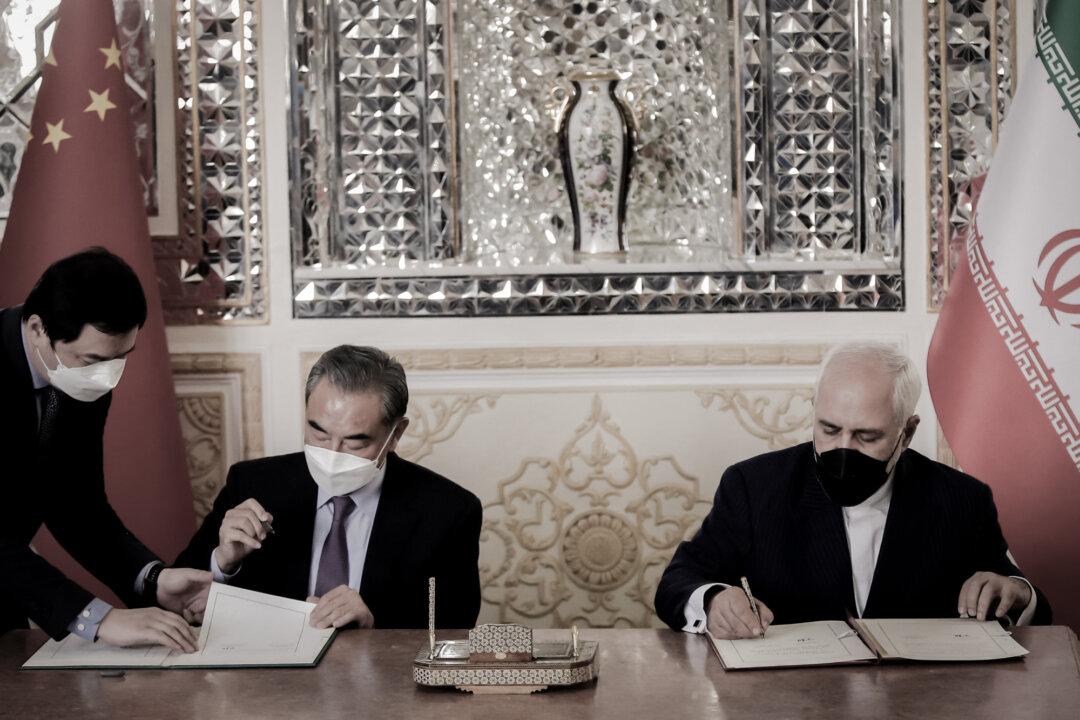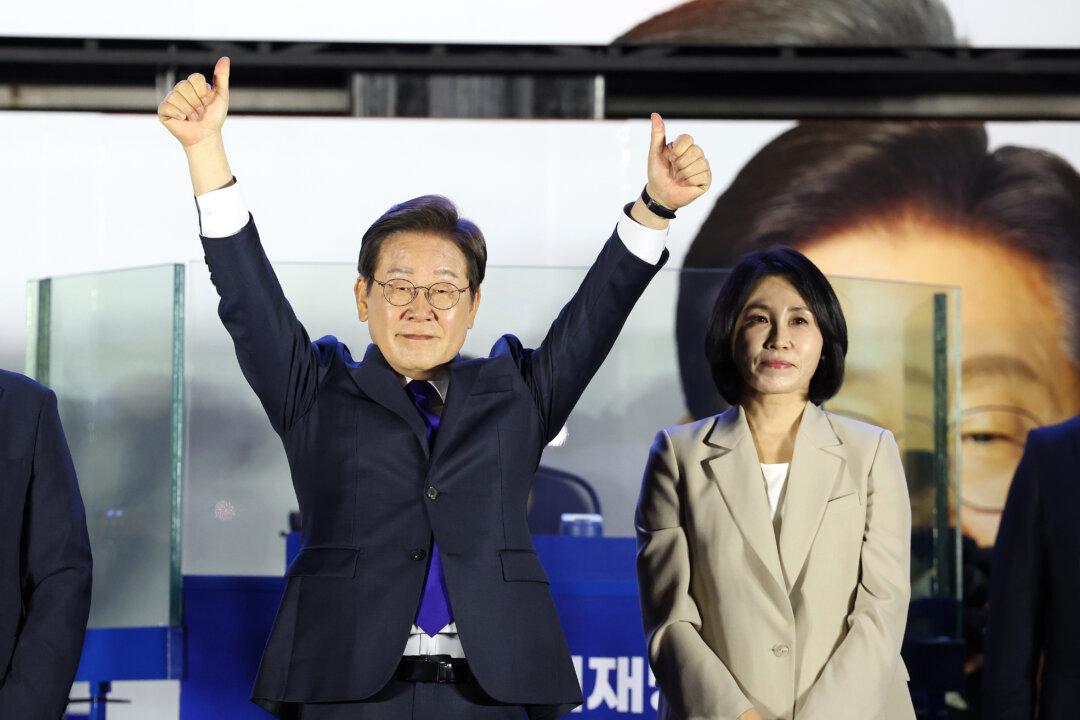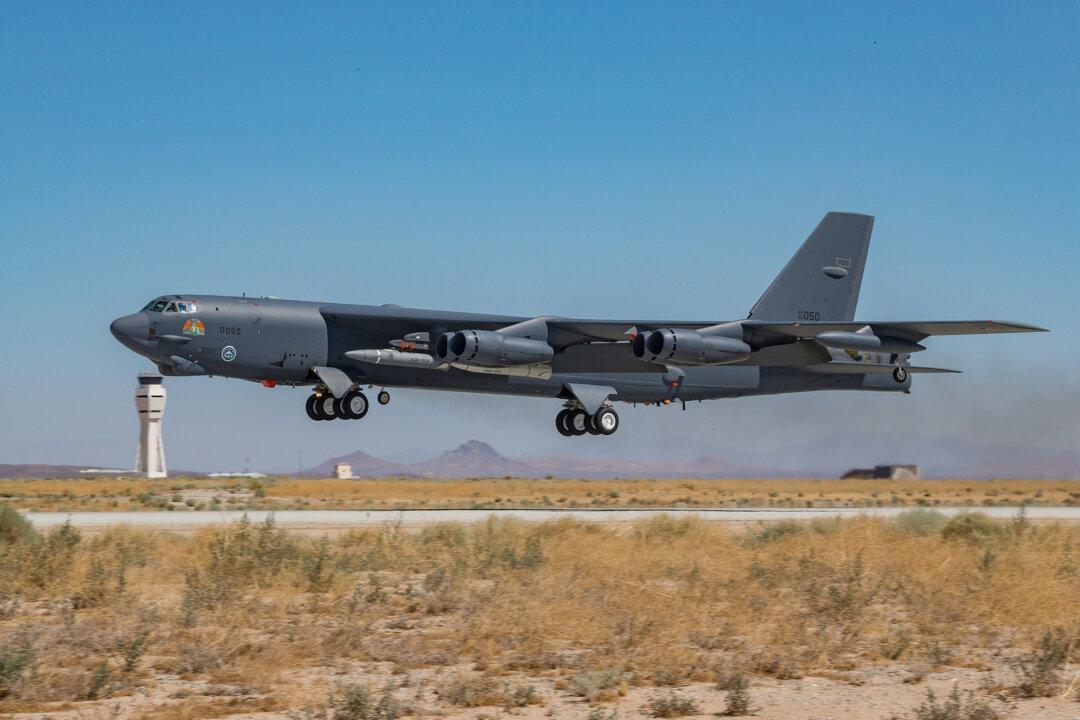Commentary
Flanks are important in military operations and struggles between civilizations. Simply put, they’re the left and right endpoints of the defense against the opposition. America wouldn’t be a nation today if it weren’t for Col. Joshua Chamberlain at Little Round Top who defeated the Confederate attempt to sweep around the Union left flank at Gettysburg on July 2, 1863 (earning the Medal of Honor).





